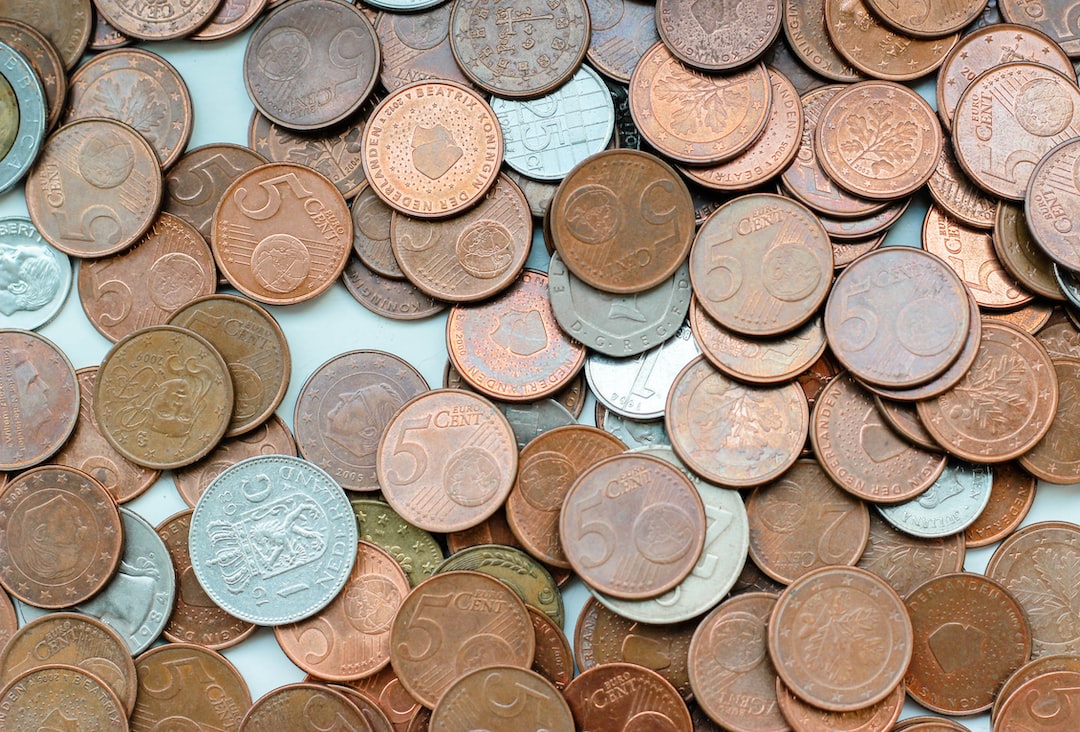Forex trading is an intricate financial market that requires traders to understand various terms and concepts to make informed decisions. One of the terms that traders come across in forex trading is FPL, which stands for Floating Profit or Loss. FPL is a critical metric that traders use to measure the profitability of their open trades. In this article, we will explain what FPL means in forex and how traders can use it to enhance their trading strategies.
What is FPL?
FPL is the profit or loss that traders incur on their open trades. It is the difference between the current market price and the entry price of a trade. Traders can calculate FPL by subtracting the entry price from the current market price and then multiplying the result by the trade’s size. For example, if a trader buys EUR/USD at 1.2000 and the current market price is 1.2050, the FPL would be 50 pips. If the trader’s trade size is 10,000 units, the FPL would be $50 (50 pips x 10,000 units).
FPL is called “floating” because it changes constantly as the market moves. If the market price moves in favor of the trade, the FPL increases, and if it moves against the trade, the FPL decreases. Traders can close their trades at any time to realize their FPL or wait until the trade reaches their target profit or stop loss.
Why is FPL important in Forex Trading?
FPL is a critical metric in forex trading because it helps traders to determine the profitability of their trades. It enables traders to monitor the performance of their open trades and make informed decisions based on the current market conditions. Traders can use FPL to:
1. Set Take Profit and Stop Loss Levels
Traders can use FPL to set take profit and stop loss levels for their trades. Take profit is the price at which the trader wants to close the trade to realize a profit, while stop loss is the price at which the trader wants to close the trade to limit their losses. Traders can set these levels based on their FPL to ensure that they achieve their desired profit or limit their losses.
2. Determine the Risk-Reward Ratio
Traders can use FPL to determine the risk-reward ratio of their trades. The risk-reward ratio is the ratio of the potential profit to the potential loss of a trade. Traders can calculate the risk-reward ratio by dividing the potential profit by the potential loss. For example, if the potential profit of a trade is $100, and the potential loss is $50, the risk-reward ratio would be 2:1. Traders can use FPL to determine the potential profit and loss of their trades and calculate the risk-reward ratio accordingly.
3. Manage Position Size
Traders can use FPL to manage their position size. Position size refers to the number of units of a currency pair that the trader is trading. Traders can use FPL to determine the potential profit and loss of their trades and adjust their position size accordingly. For example, if the FPL of a trade is $50, and the trader’s risk management strategy allows them to risk only $20 per trade, the trader can adjust their position size to trade fewer units to stay within their risk management plan.
Conclusion
FPL is an essential metric in forex trading that helps traders to determine the profitability of their trades. Traders can use FPL to set take profit and stop loss levels, determine the risk-reward ratio, and manage their position size. It is crucial for traders to monitor their FPL constantly and adjust their trading strategies based on the current market conditions. By understanding FPL, traders can enhance their trading strategies and achieve their desired profit and risk management goals.





